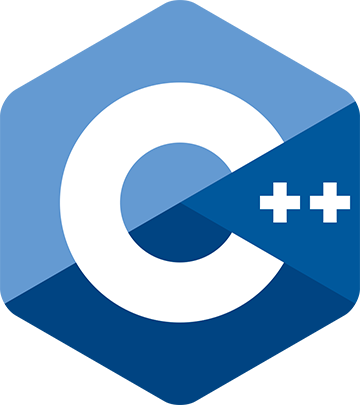Towards safety & security in C++ - Daniela Engert - using std::cpp 205
In this keynote talk at using std::cpp 2025 Daniela Engert gives an overview of a possible path towards safety and security for future C++
Video: Towards safety & security in C++ -- by Daniela Engert -- using std::cpp 2025

